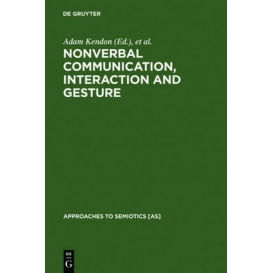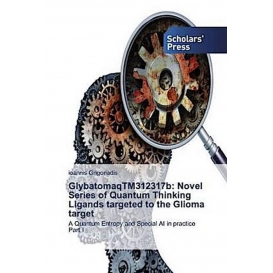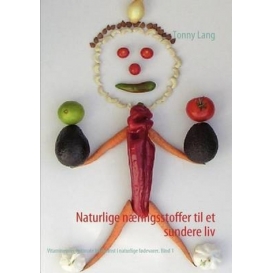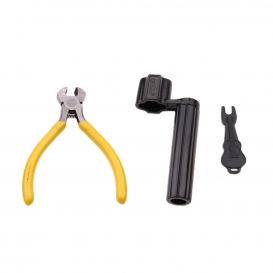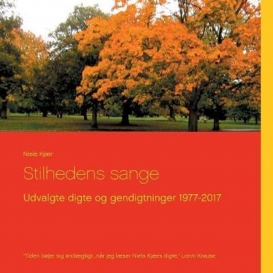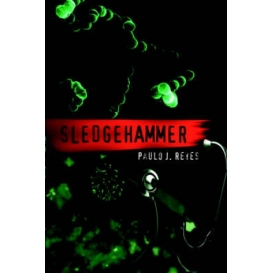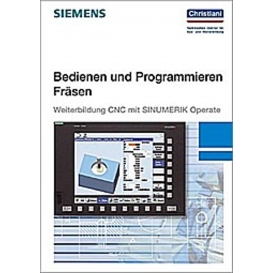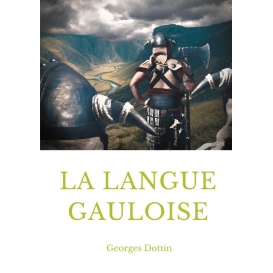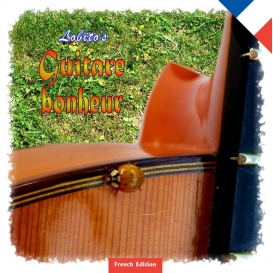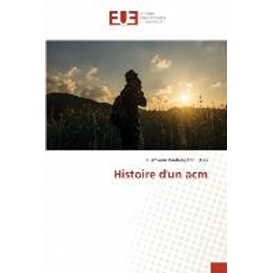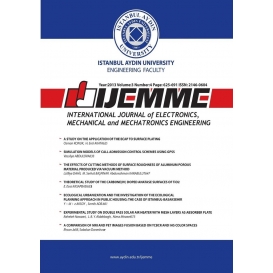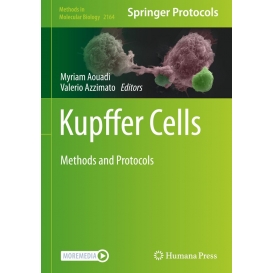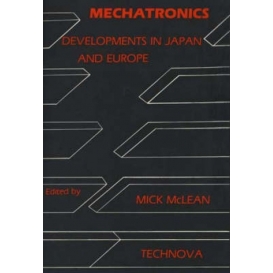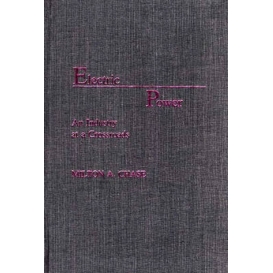Menge
Gesamt
Artikel dem Warenkorb hinzugefügt
Es befinden sich 0 Artikel in Ihrem Warenkorb.
Es befinden sich 0 Artikel in Ihrem Warenkorb.
Gesamtpreis
Versandkosten (inkl. MwSt.)
Noch nicht bekannt
Gesamt
Weiter einkaufen
Neuer Artikel
Stress has often been on pelagic food webs of deeper lakes whilst littoral systems or shallower lakes have been less thoroughly investigated. Since Dutch aquatic systems are shallow, as a rule, they form a notable exception. But here, too, the orientation was often on pelagic food webs.
The present study has a clearly different scope in that it takes the water plant as prime perspective. The editors consider water plants to be the key component in shallow aquatic ecosystems. They have compiled work on one water plant species, Potamogeton pectinatus L., and from one lake, Lake Veluwe, as a typical case, and set out to explain the fluctuations in abundance of this water plant as influenced by eutrophication. A working hypothesis on the mechanism responsible for water plant decline during eutrophication was adopted and tested in a combination of field and laboratory work. A simulation model, SAGAI, for the water plant P.pectinatus was developed and proved to fit independent data very well.
The work started out as a joint effort of a single project team in the Department of Nature Conservation of Wageningen Agricultural University, but the present volume has benefited considerably from the inputs of several invited colleagues, as the list of contributors witnesses. The editors have made an invaluable contribution to the understanding of shallow aquatic ecosystems and to their scientifically based and sustainable management.
The present study has a clearly different scope in that it takes the water plant as prime perspective. The editors consider water plants to be the key component in shallow aquatic ecosystems. They have compiled work on one water plant species, Potamogeton pectinatus L., and from one lake, Lake Veluwe, as a typical case, and set out to explain the fluctuations in abundance of this water plant as influenced by eutrophication. A working hypothesis on the mechanism responsible for water plant decline during eutrophication was adopted and tested in a combination of field and laboratory work. A simulation model, SAGAI, for the water plant P.pectinatus was developed and proved to fit independent data very well.
The work started out as a joint effort of a single project team in the Department of Nature Conservation of Wageningen Agricultural University, but the present volume has benefited considerably from the inputs of several invited colleagues, as the list of contributors witnesses. The editors have made an invaluable contribution to the understanding of shallow aquatic ecosystems and to their scientifically based and sustainable management.
30 andere Artikel in der gleichen Kategorie:
35,40 €
51,50 €
36,52 €
29,77 €
249,46 €





